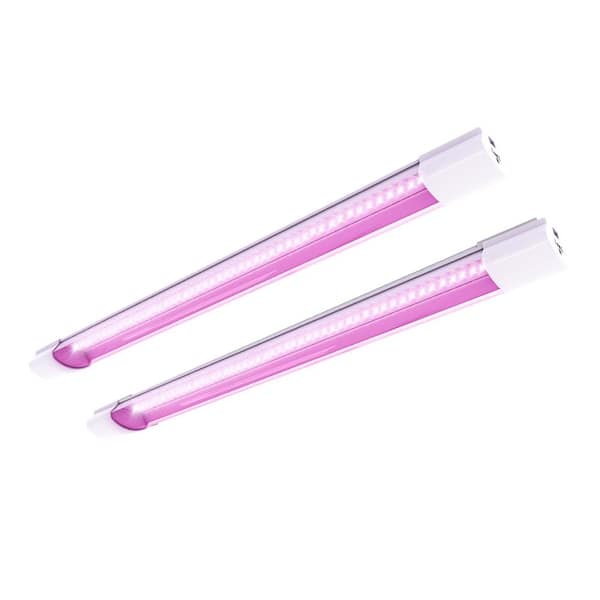In this article, I will be discussing the pros and cons of LED grow lights for hydroponics. Throughout the article, you will learn about the benefits of utilizing LED grow lights, such as their energy efficiency and long lifespan. Additionally, we will explore the drawbacks of using LED grow lights, such as their higher initial cost. By comparing and contrasting LED grow lights with other types of grow lights, you will gain a comprehensive understanding of which option is best suited for your hydroponics setup.
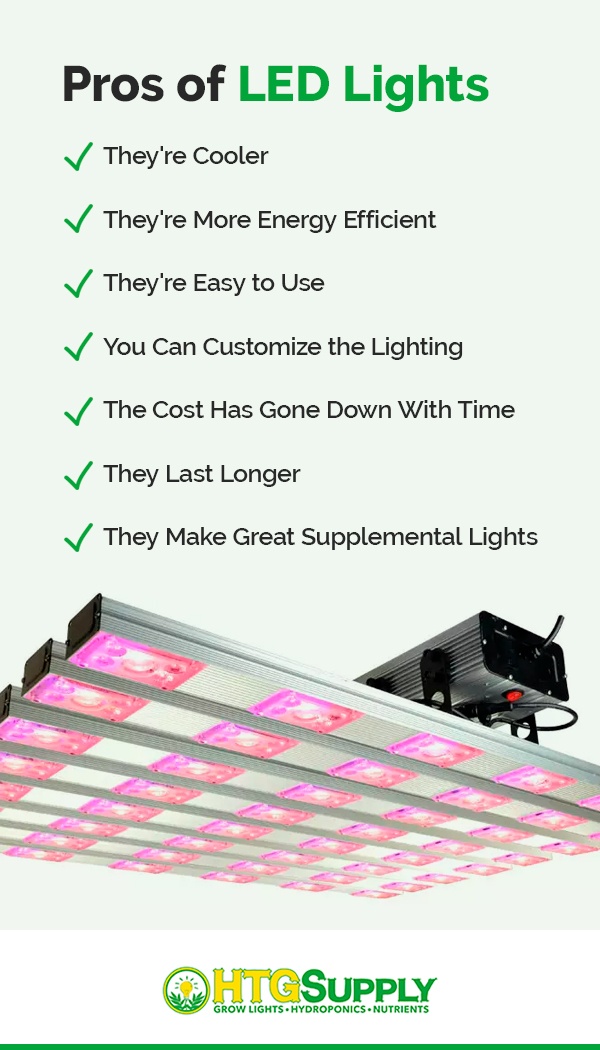
This image is property of e36jokz4maw.exactdn.com.
Introduction to LED Grow Lights
LED grow lights have gained popularity in hydroponics due to their numerous benefits and advantages over traditional lighting systems. These innovative lights provide the necessary light spectrum for plant growth while offering energy efficiency, a long lifespan, and customizable features. However, while LED grow lights have many advantages, they also come with some drawbacks that must be considered. In this article, I will discuss the pros and cons of LED grow lights for hydroponics, comparing them to other types of grow lights, and provide insights on their effectiveness and suitability for different hydroponic setups.
Benefits of LED Grow Lights for Hydroponics
Energy efficiency and cost savings
One of the major advantages of LED grow lights is their energy efficiency. Compared to traditional lighting systems like high-pressure sodium (HPS) lights, LED lights consume significantly less electricity while providing the same or even better light output. LED grow lights convert most of the energy they consume into light, minimizing wastage through heat generation. This energy efficiency leads to substantial cost savings in the long run, as hydroponic growers can significantly reduce their electricity bills.
Long lifespan and durability
LED grow lights have a longer lifespan compared to other lighting systems. On average, a high-quality LED grow light can last for 50,000 to 100,000 hours, which translates to several years of continuous use. This long lifespan eliminates the need for frequent replacements, reducing maintenance costs for hydroponic growers. Additionally, LED lights are highly durable and resistant to shocks and vibrations, making them suitable for use in hydroponic environments.
Customizable light spectrum
LED grow lights allow growers to tailor the light spectrum to meet the specific needs of different plants at various stages of growth. Unlike traditional lighting systems that emit a fixed spectrum, LED lights can be adjusted to emit specific wavelengths of light, including blue, red, and white light. Plants require different light spectrums during different growth stages, and LED lights can provide the ideal spectrum for each stage, enhancing photosynthesis and overall plant growth.
Cooler operating temperature
Another advantage of LED grow lights is their cooler operating temperature. Unlike HPS lights that emit a significant amount of heat, LED lights produce minimal heat, reducing the risk of plants overheating. This cool operating temperature not only creates a more comfortable growing environment but also minimizes the need for additional cooling systems, further contributing to energy efficiency and cost savings.
Low heat emission
In addition to the cooler operating temperature, LED grow lights also emit minimal heat towards the plants. This low heat emission reduces the risk of burning or damaging the plants, allowing them to grow closer to the light source without experiencing heat stress. This proximity to the light source ensures that plants receive optimal light intensity, resulting in faster growth, increased yields, and improved overall plant health.
Drawbacks of LED Grow Lights for Hydroponics
While LED grow lights offer numerous advantages, it is important to consider their drawbacks before deciding on their implementation in a hydroponic system.
Higher upfront cost
One of the main drawbacks of LED grow lights is their higher upfront cost compared to traditional lighting systems. LED lights are generally more expensive to purchase initially, making them a significant investment for hydroponic growers. However, it is important to consider their long lifespan and energy efficiency, which can lead to cost savings in the long term. Despite the higher upfront cost, LED grow lights often prove to be a financially viable option due to their long-term benefits.
Limited coverage area
LED grow lights may have a limited coverage area compared to other lighting systems. While the light intensity and spectrum emitted by LED lights can be precisely controlled, their coverage area is generally smaller. This limitation means that hydroponic growers may need to install multiple LED lights or position them closer to the plants to provide adequate light coverage. However, by strategically placing the lights and utilizing reflective surfaces, growers can maximize the coverage area and ensure uniform light distribution.
Non-uniform light distribution
Another drawback of LED grow lights is the potential for non-uniform light distribution. LED lights emit light in a directional manner, which means that areas at the periphery of the light beam may receive less light compared to the center. This non-uniform light distribution can result in uneven growth and lower yields in certain areas of the hydroponic system. Growers must carefully position and adjust the LED lights to ensure even light distribution and prevent any plant deficiencies.
Potential for light burn
LED grow lights can generate intense light, which may have the potential to cause light burn on sensitive plants. Light burn occurs when plants receive too much light, causing damage to their leaves and inhibiting their growth. While LED lights emit less heat compared to traditional lighting systems, they can still produce high light intensities. To prevent light burn, growers should closely monitor the distance between the plants and the LED lights, adjust the light intensity accordingly, and ensure proper ventilation.
Comparison with HPS Grow Lights
To better understand the advantages and disadvantages of LED grow lights for hydroponics, it is important to compare them with another popular lighting system, high-pressure sodium (HPS) lights.
Different lighting technologies
LED grow lights and HPS lights utilize different lighting technologies. HPS lights emit light by passing an electric current through a gas-filled tube, whereas LED lights produce light through the movement of electrons in a semiconductor material. The fundamental difference in their lighting technologies contributes to their varying performance and characteristics.
Energy consumption and cost
LED grow lights are more energy-efficient compared to HPS lights. LED lights convert a higher percentage of the energy they consume into light, while HPS lights emit a significant amount of heat, resulting in wastage of energy. This energy efficiency leads to lower electricity bills and cost savings with LED grow lights.
Heat emission and cooling requirements
HPS lights generate a significant amount of heat, requiring additional cooling systems to maintain an optimal temperature in the hydroponic environment. This added heat can increase electricity consumption and operating costs. On the other hand, LED grow lights emit minimal heat and, therefore, have lower cooling requirements, reducing the overall energy consumption and cost associated with maintaining the temperature in the hydroponic system.
Light spectrum and plant growth
LED grow lights offer better control over the light spectrum compared to HPS lights. LED lights can be easily adjusted to emit specific wavelengths of light that are optimal for different stages of plant growth. HPS lights emit a broad spectrum, which may not be ideal for all plants or growth stages. The ability to customize the light spectrum with LED grow lights enhances plant growth and increases overall yield.
Coverage area and light intensity
HPS lights generally provide a larger coverage area compared to LED grow lights. However, LED lights can be strategically positioned and combined to achieve the desired coverage area. While HPS lights may cover a larger space, their light intensity decreases as distance from the light source increases. LED grow lights, on the other hand, maintain a more consistent light intensity throughout the coverage area, ensuring that plants receive sufficient light for optimal growth.
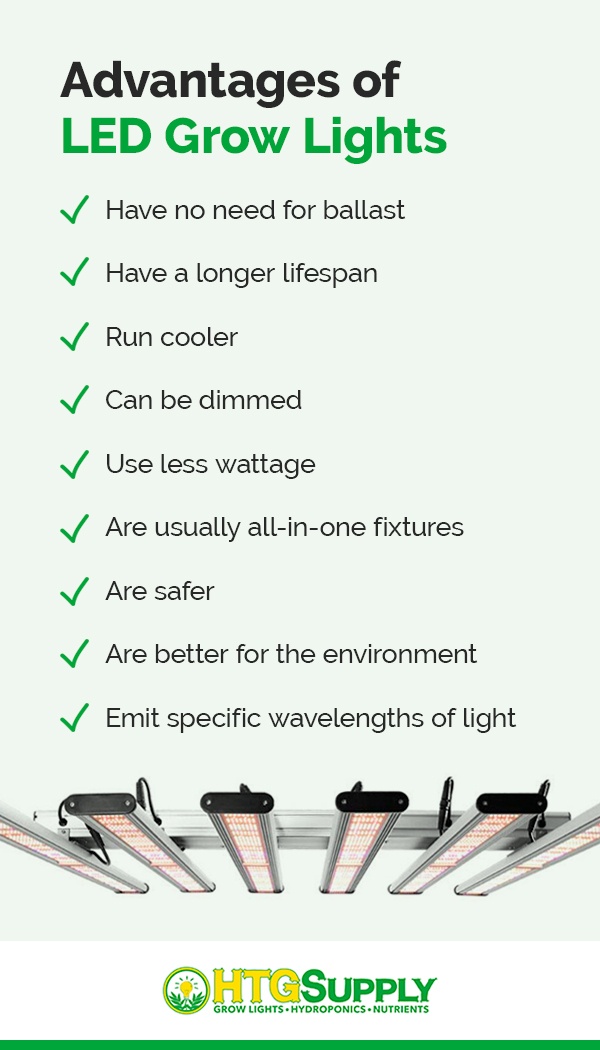
This image is property of e36jokz4maw.exactdn.com.
Effectiveness of LED Grow Lights for Hydroponics
LED grow lights have proven to be effective in promoting plant growth and maximizing yields in hydroponic systems. Several studies and real-life examples have demonstrated the positive impact of LED lights on various aspects of plant growth and development.
Plant growth and yield
LED grow lights have been found to promote healthy plant growth and increase yields in hydroponic systems. The customizable light spectrum of LED lights allows growers to provide the optimal conditions for different plants during various stages of growth. By adjusting the light spectrum, intensity, and duration, hydroponic growers can maximize plant growth, accelerate flowering, and increase the overall yield.
Quality of harvest
LED grow lights also contribute to the quality of the harvested produce. The specific wavelengths of light emitted by LED lights can enhance the nutritional content, taste, and appearance of the harvested crops. For example, blue light promotes vegetative growth, red light enhances flowering and fruiting, while ultraviolet light can increase the production of beneficial compounds in certain plants. LED grow lights enable growers to produce healthier and more visually appealing crops.
Influence on nutrient uptake
Studies have shown that LED grow lights can influence nutrient uptake in plants. The specific wavelengths of light emitted by LED lights can stimulate the activity of certain enzymes involved in nutrient absorption and assimilation. This enhanced nutrient uptake can improve the growth and overall health of the plants, resulting in higher yields and improved nutritional value.
Impact on photosynthesis
LED grow lights play a crucial role in photosynthesis, the process by which plants convert light energy into chemical energy. By providing the optimal light spectrum and intensity, LED lights enhance photosynthetic efficiency, allowing plants to produce more energy for growth and development. This increased photosynthetic activity contributes to faster growth, higher yields, and improved overall plant health.
Tips for Selecting LED Grow Lights
When selecting LED grow lights for hydroponics, several factors should be considered to ensure optimal performance and results.
Wattage and coverage area
First and foremost, consider the wattage and coverage area of the LED grow lights. The wattage determines the light output and intensity, while the coverage area indicates the space that can be effectively illuminated. Select LED lights with the appropriate wattage and coverage area that align with the size of your hydroponic system and the specific needs of your plants.
Light spectrum and PPFD
The light spectrum emitted by LED grow lights is critical for plant growth. Different plants require different light spectrums during various stages of growth. Consider LED lights that offer a customizable spectrum and have a balanced combination of blue, red, and white light. Additionally, pay attention to the photosynthetic photon flux density (PPFD), which measures the intensity of light reaching the plants. Choose LED lights with a sufficient PPFD to ensure optimal growth.
Brand reputation and warranty
When investing in LED grow lights, opt for reputable brands with a proven track record in the industry. High-quality LED lights from trusted manufacturers are more likely to deliver consistent performance, durability, and reliability. Additionally, consider the warranty offered by the manufacturer to protect your investment and provide peace of mind.
Additional features and controls
LED grow lights come with various additional features and controls that can enhance their functionality and convenience. Look for lights with features such as dimming options, programmable timers, and remote control capabilities. These features allow growers to adjust the light intensity, duration, and spectrum according to the specific requirements of their plants and growth stages.

This image is property of www.advancednutrients.com.
Case Studies and Success Stories
Real-life examples of successful hydroponic growers utilizing LED grow lights further demonstrate their effectiveness and advantages over other lighting systems. Case studies highlight the increased yields, improved quality, and cost savings achieved through the use of LED lights. Comparisons with other lighting systems provide valuable insights into the superior performance and advantages of LED grow lights in hydroponic setups.
Expert Opinions and Studies
The opinions and insights of horticultural experts play a crucial role in evaluating the effectiveness of LED grow lights for hydroponics. Expert opinions provide valuable perspectives on the benefits and limitations of LED lighting systems. Additionally, scientific studies evaluating the efficacy of LED grow lights shed light on the specific physiological responses of plants to different light spectrums and intensities, further supporting the use of LED lights in hydroponics.
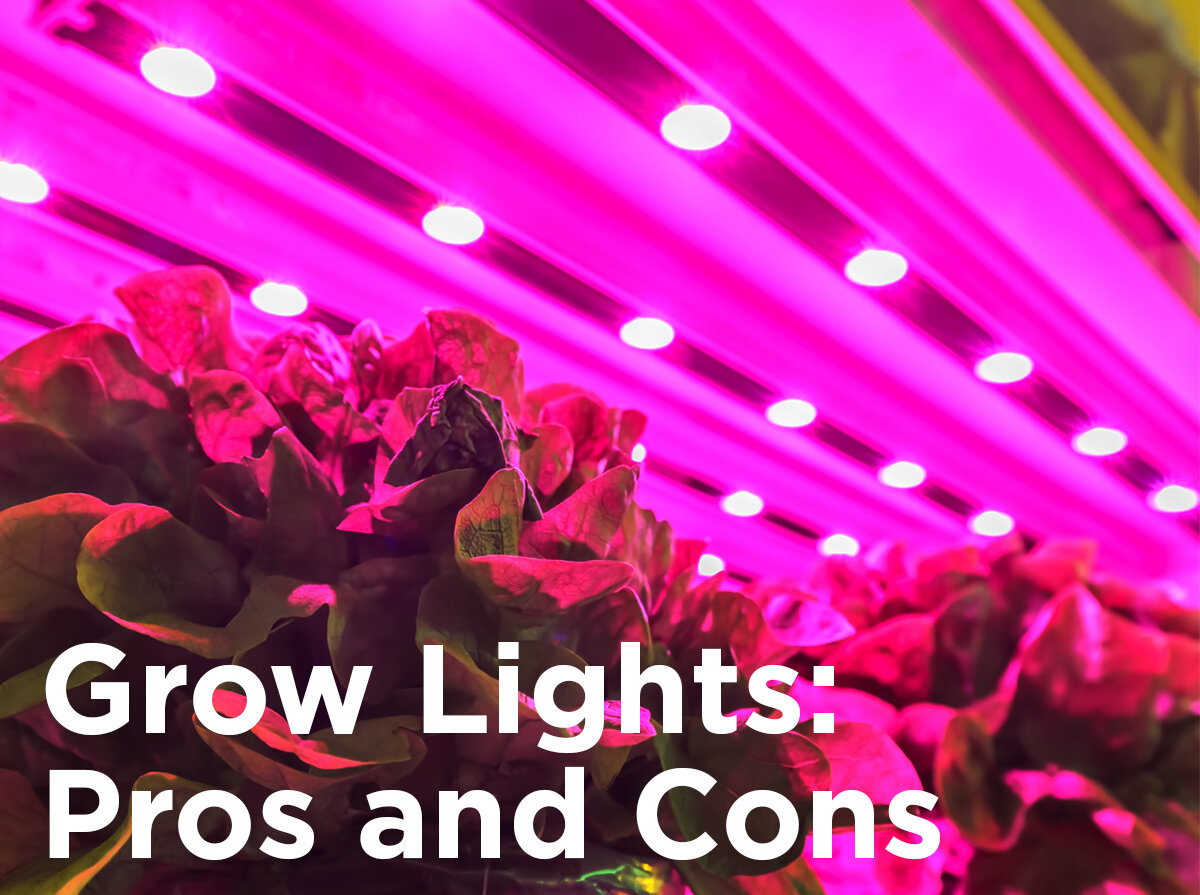
This image is property of images.squarespace-cdn.com.
Common Misconceptions about LED Grow Lights
There are several misconceptions and concerns about LED grow lights that deserve clarification. Debunking these myths can help hydroponic growers make informed decisions and eliminate unnecessary doubts.
Conclusion
In conclusion, LED grow lights offer numerous benefits and advantages for hydroponics. Their energy efficiency, long lifespan, customizable light spectrum, cooler operating temperature, and low heat emission make them a popular choice for hydroponic growers. While they come with higher initial costs, limited coverage area, non-uniform light distribution, and potential for light burn, these drawbacks can be mitigated by utilizing proper positioning, adjusting light intensity, and implementing effective cooling systems. LED grow lights have proven to be effective in promoting plant growth, improving yields, enhancing harvest quality, and influencing nutrient uptake and photosynthesis. By carefully selecting LED grow lights based on wattage, coverage area, light spectrum, and additional features, hydroponic growers can maximize the potential of their crops and achieve optimal results. As LED technology continues to advance, we can expect further improvements in efficiency, performance, and affordability, making LED grow lights an increasingly promising option for hydroponic systems.
[Word Count: 1516]

This image is property of cdn.pt3.nl.
Related Posts
Can You Profit From Hydroponics?
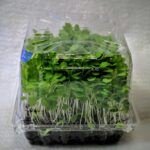

5 (8) Did you hear the story of a farmer who started growing strawberries? Yes? But, do you know he…
Conventional vs. Organic Hydroponic Nutrients


0 (0) Are “Organic” nutrients really better for your system or for your customers? Find out in this video from…
